Suzy Antoniw, Content Developer in the Contemporary Science Team, looks at the creation of a new exhibition on 3D printing.
What can make impossible shapes solidly real and create unique, one-off medical treatments that could change your life? A 3D printer of course!
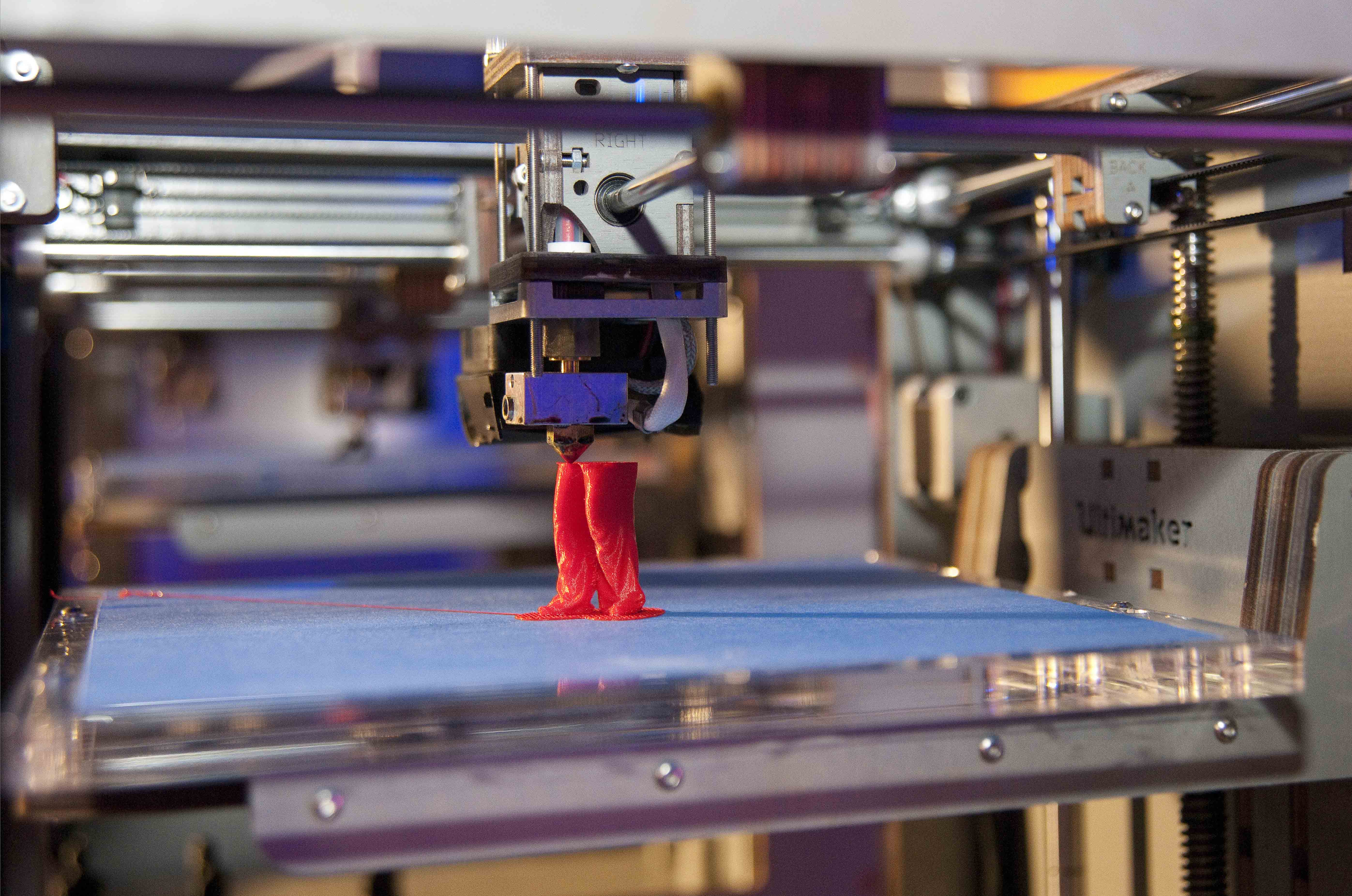
Around nine months ago we were given the exciting challenge of creating 3D: Printing the Future, a new Contemporary Science exhibition to show off the real-life capabilities of these hugely hyped machines and highlight the latest 3D printing research.
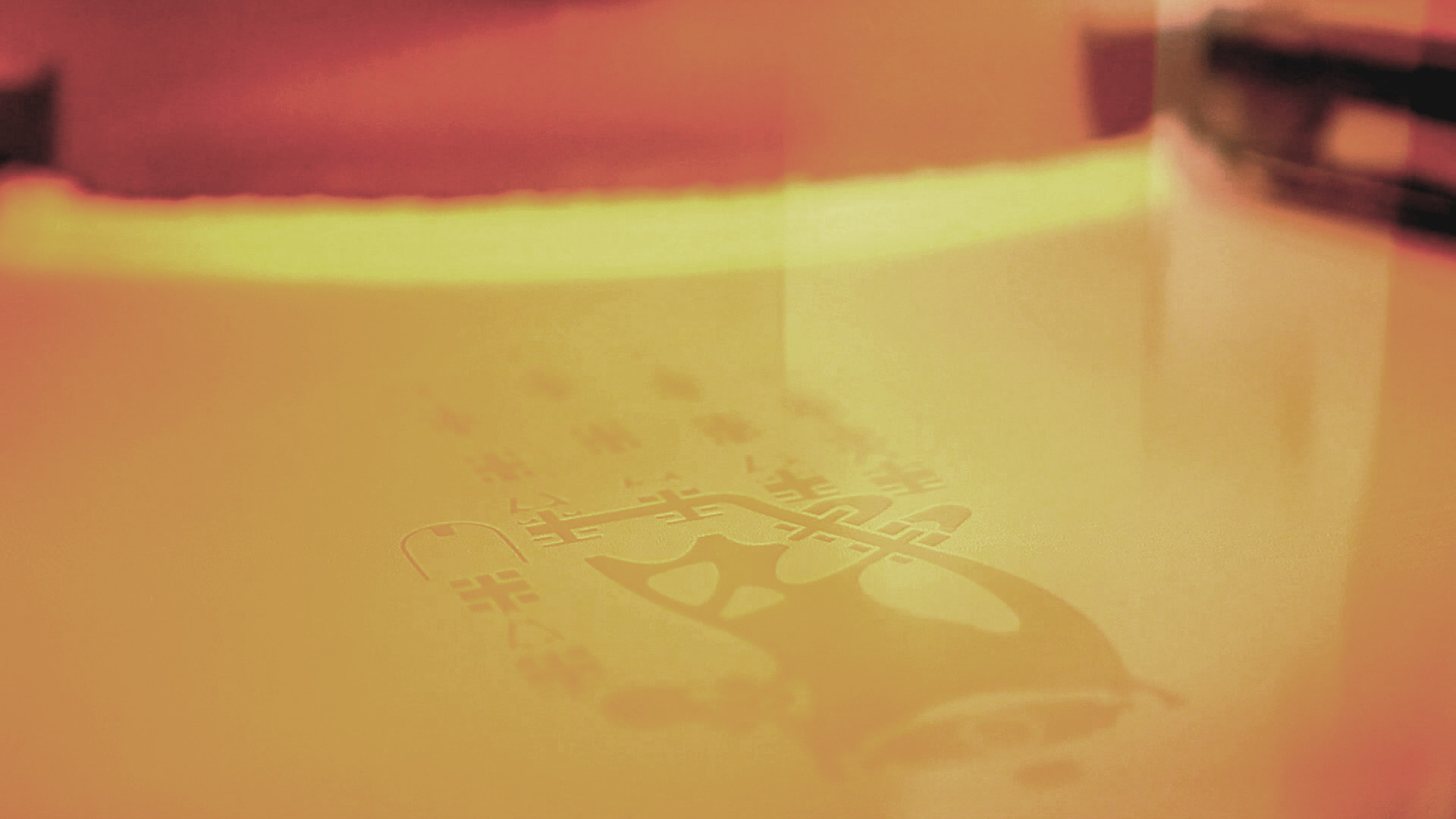
But hang on, what exactly is a 3D printer? Even if you’ve read stories about them in the news you probably don’t have one sitting on your desk just yet. So here’s our definition: A 3D printer is a manufacturing machine that turns 3D computer data into a physical object, usually by building it in layers. They come in a variety of types that range from simple consumer models to sophisticated industrial printers.

As well as covering the basics, we decided that our exhibition should focus on the incredible things that 3D printers can create – such as replacement body organs and teeth, that could make a difference to the lives of our visitors.
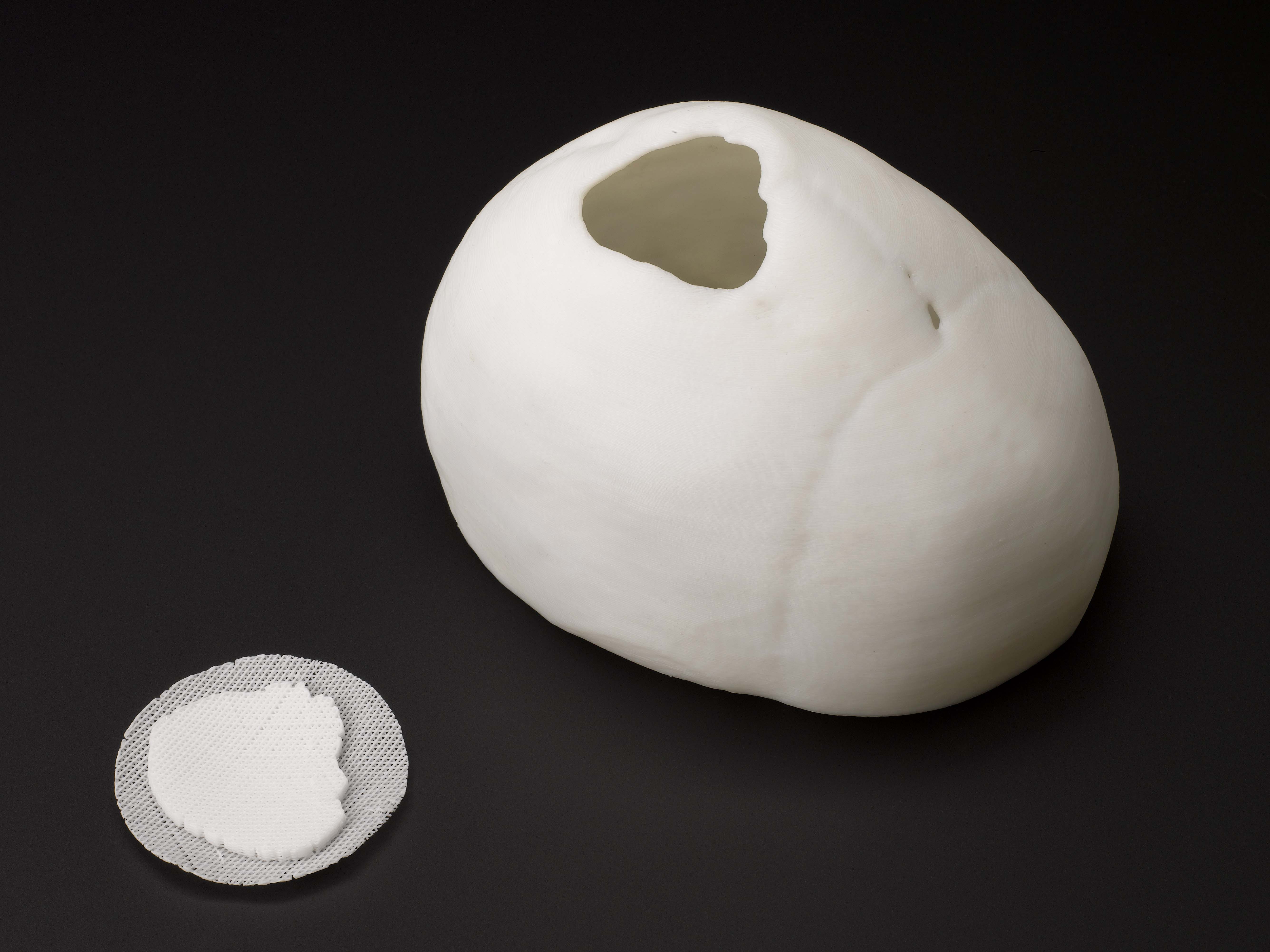
3D printers have been around for decades, so what’s changed? In recent years the patents on simple 3D printing technologies have run out. 3D printers have become available to more people in the form of affordable consumer models, or even as open source plans freely available on the internet.
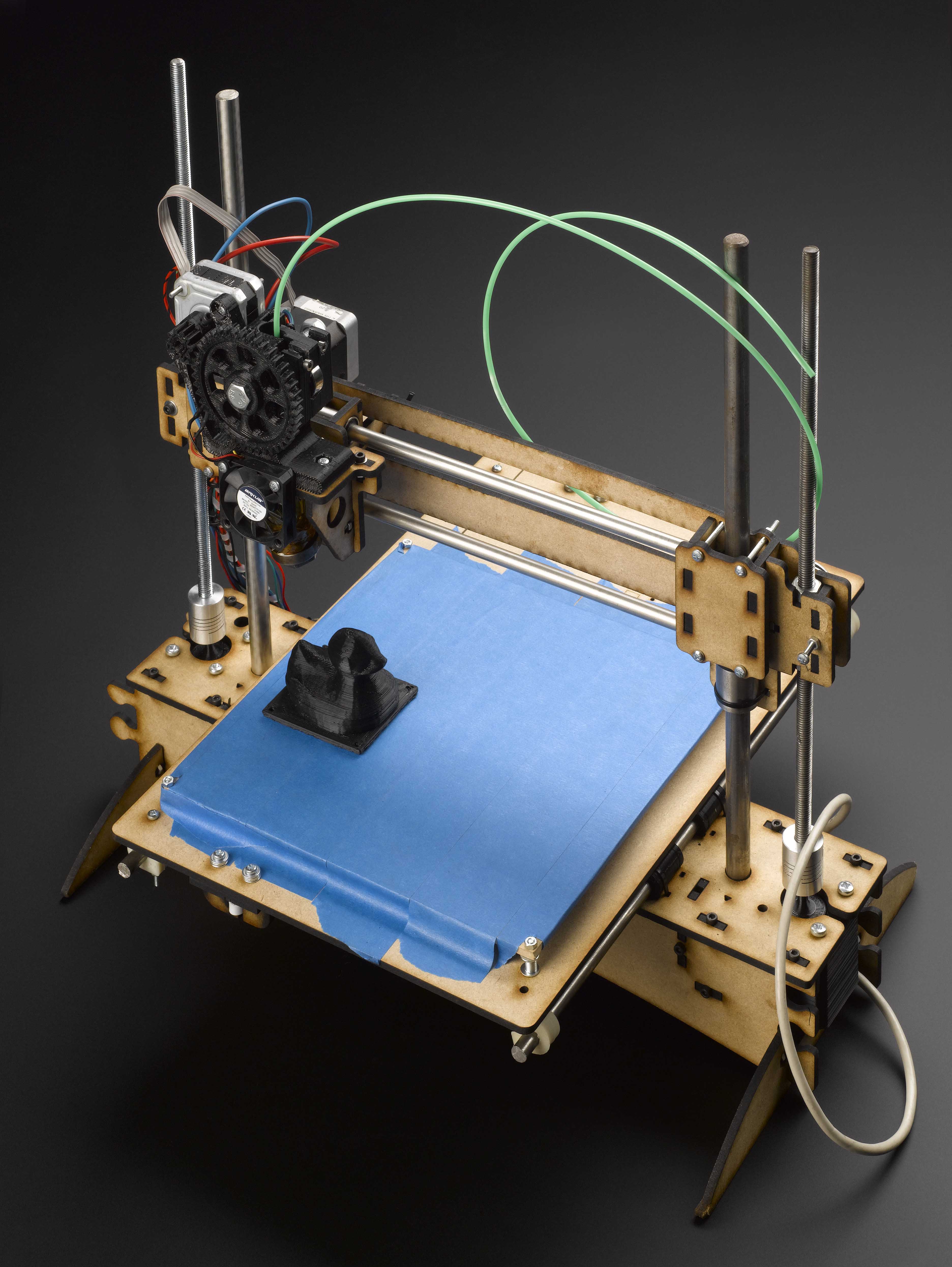
This new freedom to invent has generated an explosion of creativity. And it’s not just hackers, tinkerers and makers who’ve felt the benefits of this new breath of life for engineering and design, but established industry and academia too. So how do you represent a diverse and dynamic explosion of creativity?
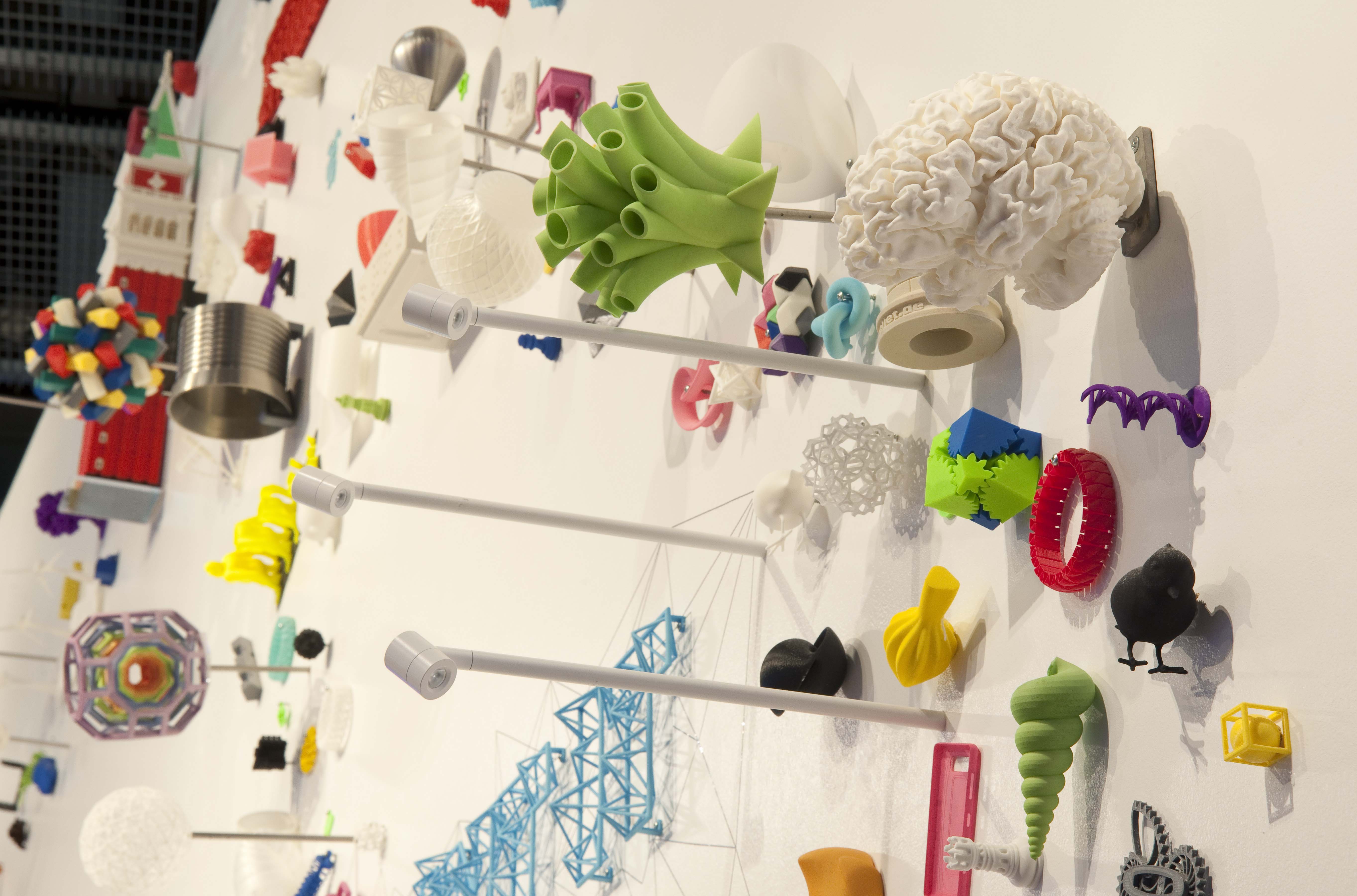
In July we began collecting 3D printed stuff for what has been known as ‘an explosion’, our ‘mass display’, ‘the wave’, ‘the wall’ and (my favourite) a ‘tsunami of objects’. The display contains over 663 objects – the largest number we’ve ever acquired for a Contemporary Science exhibition, thanks to generous loans, donations and the enthusiasm of the maker community.
Among the amazing ‘wave’ of objects you can see a display of 150 miniature 3D printed people – visitors who volunteered to have themselves scanned in 3D at the Museum over the summer holidays. Look closely at the wall and you may spot actress Jenny Agutter reading her script, model Lily Cole and BBC Radio 4 presenter Evan Davis – with his arm in a sling!
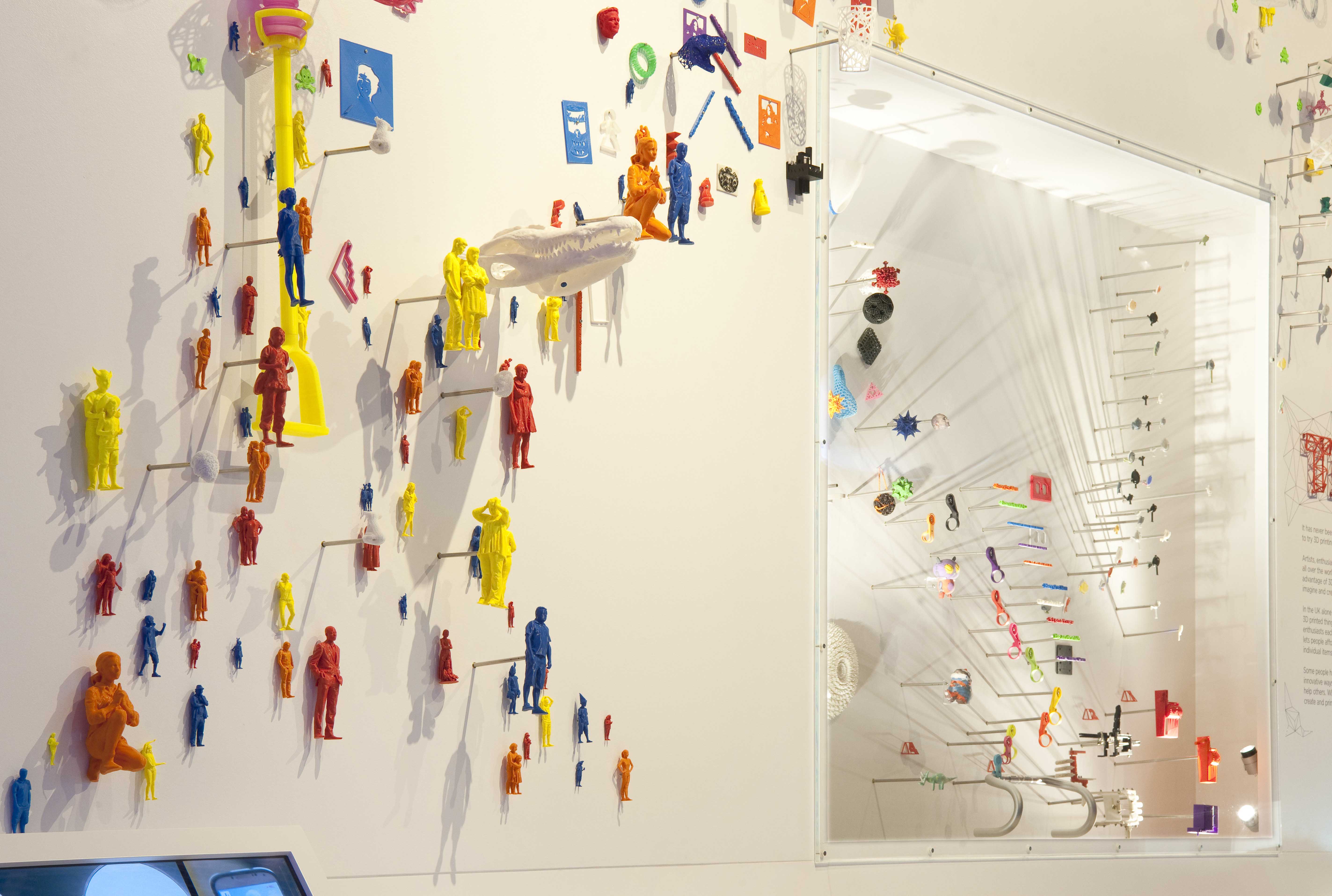
The free exhibition is open to the public from 9 October and will run for nine months.